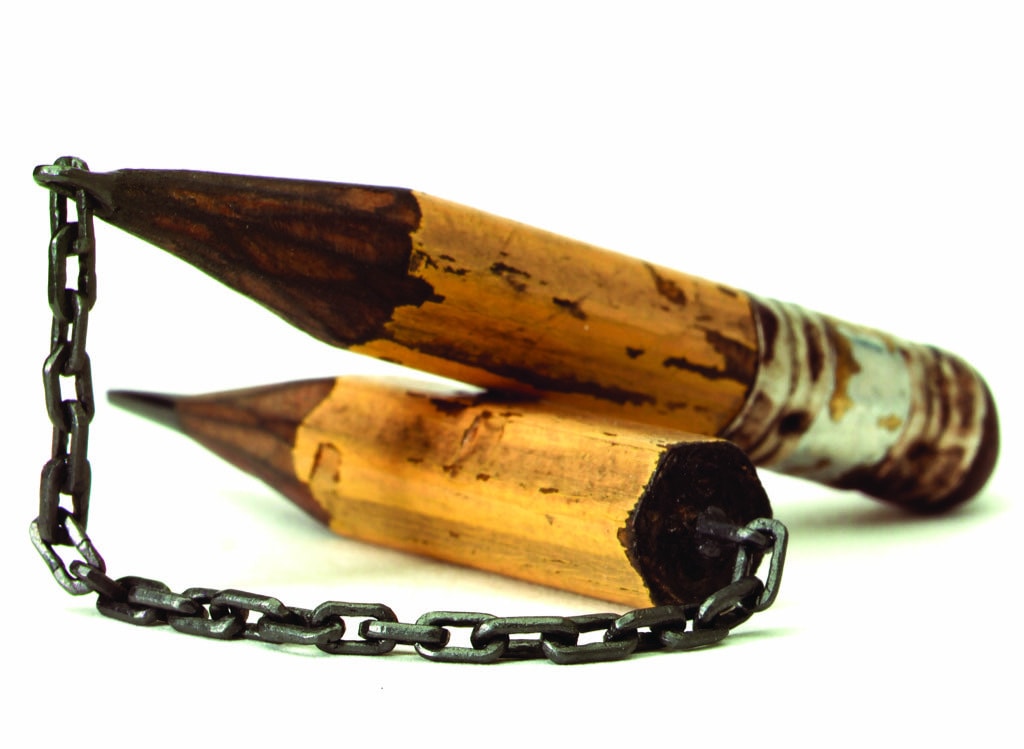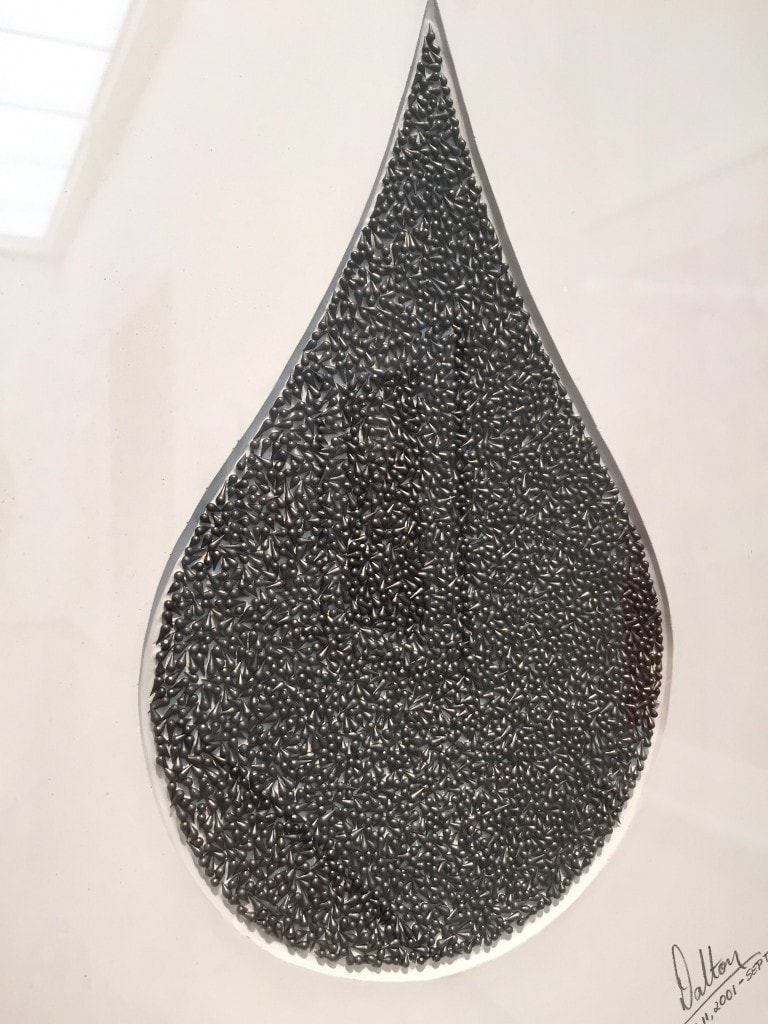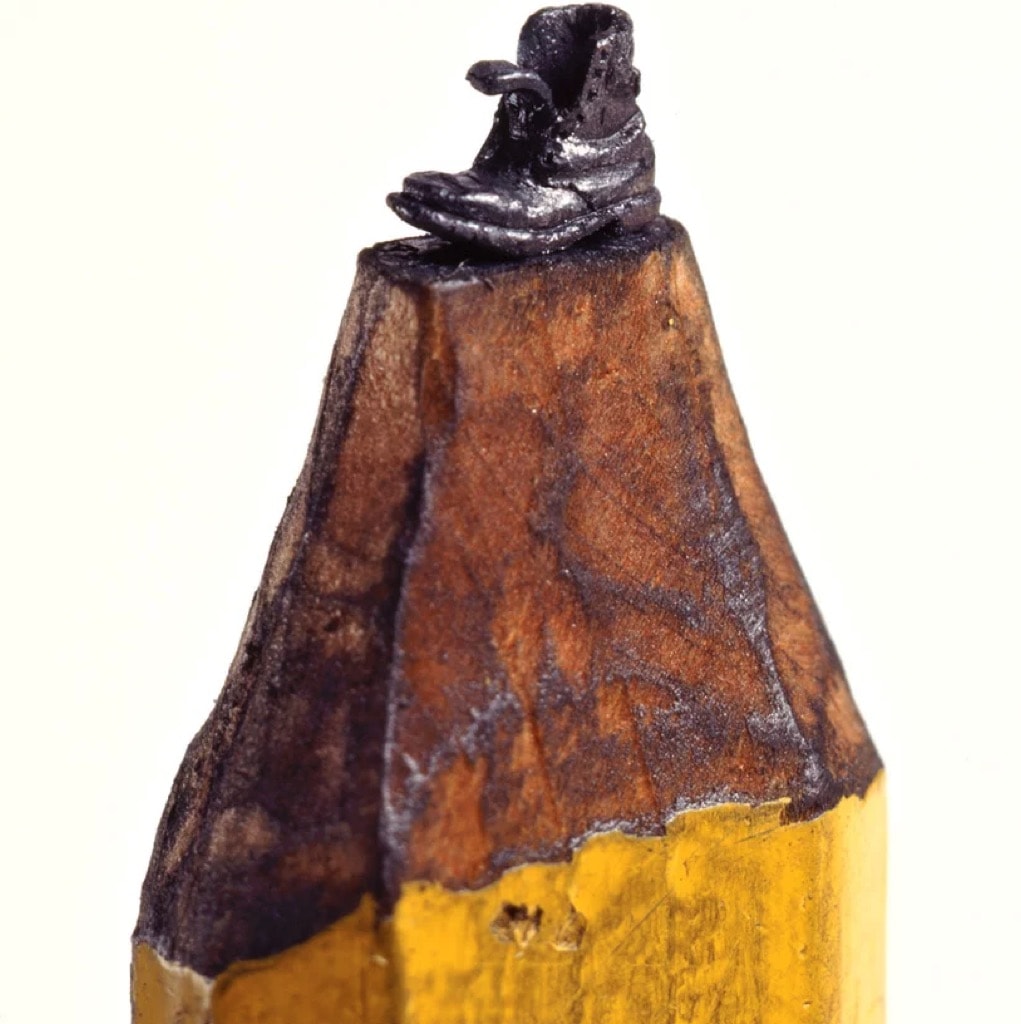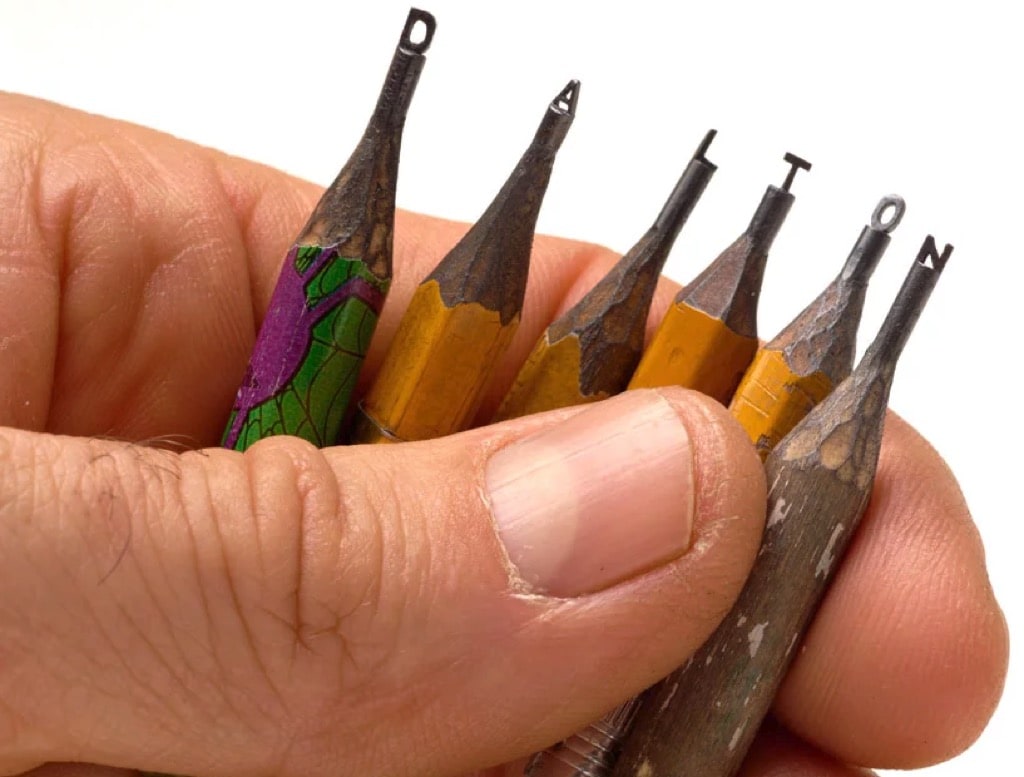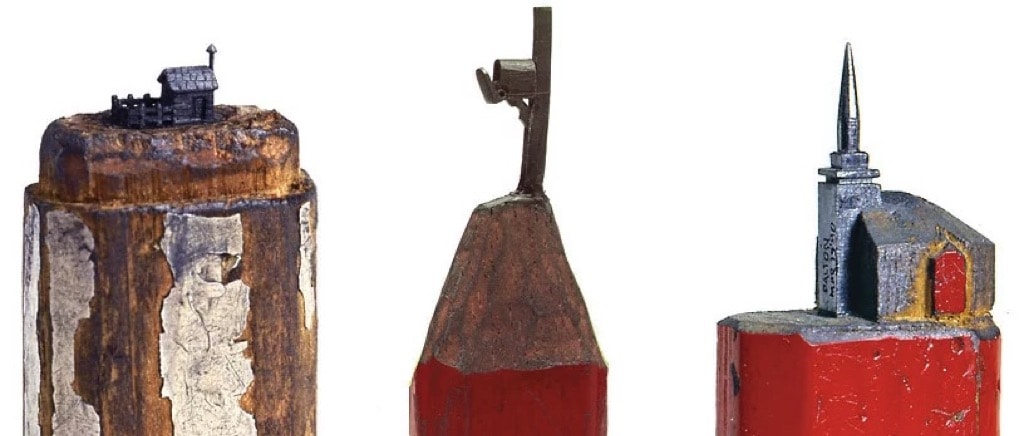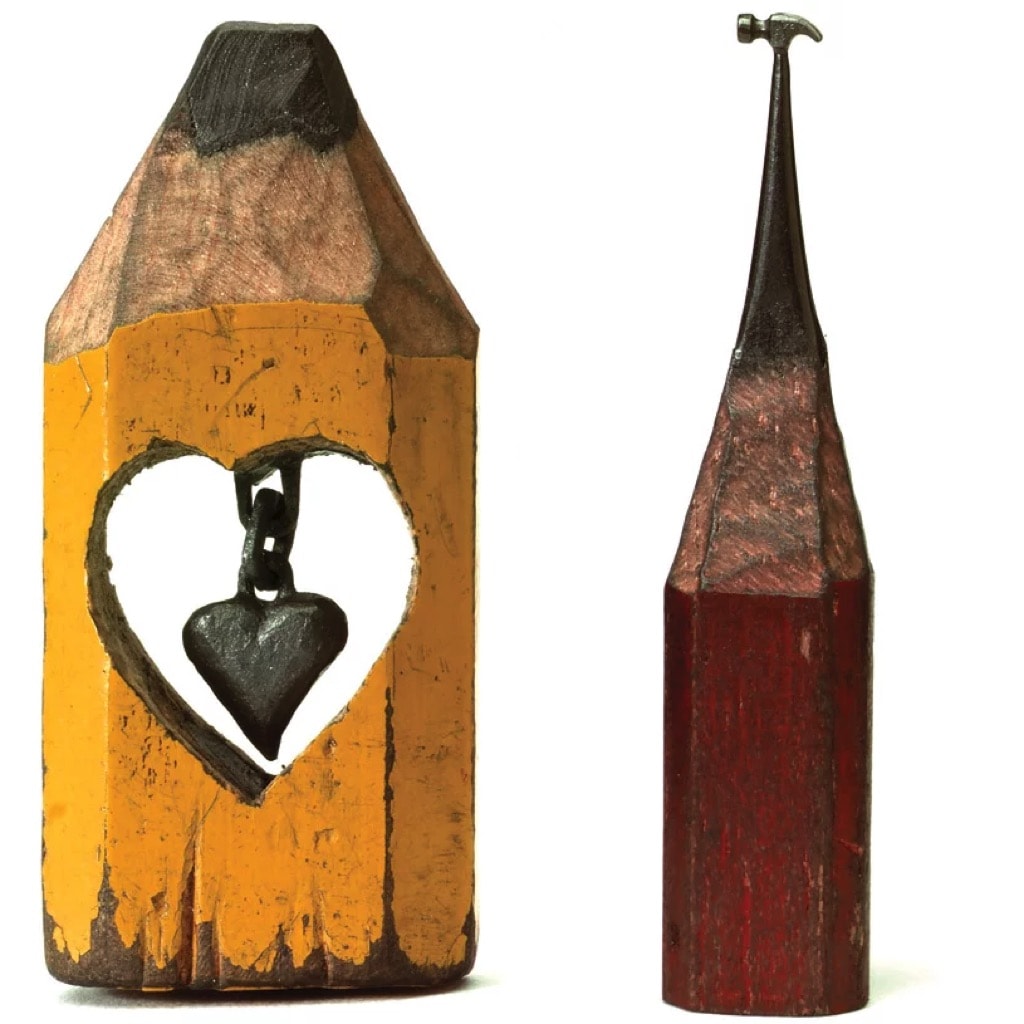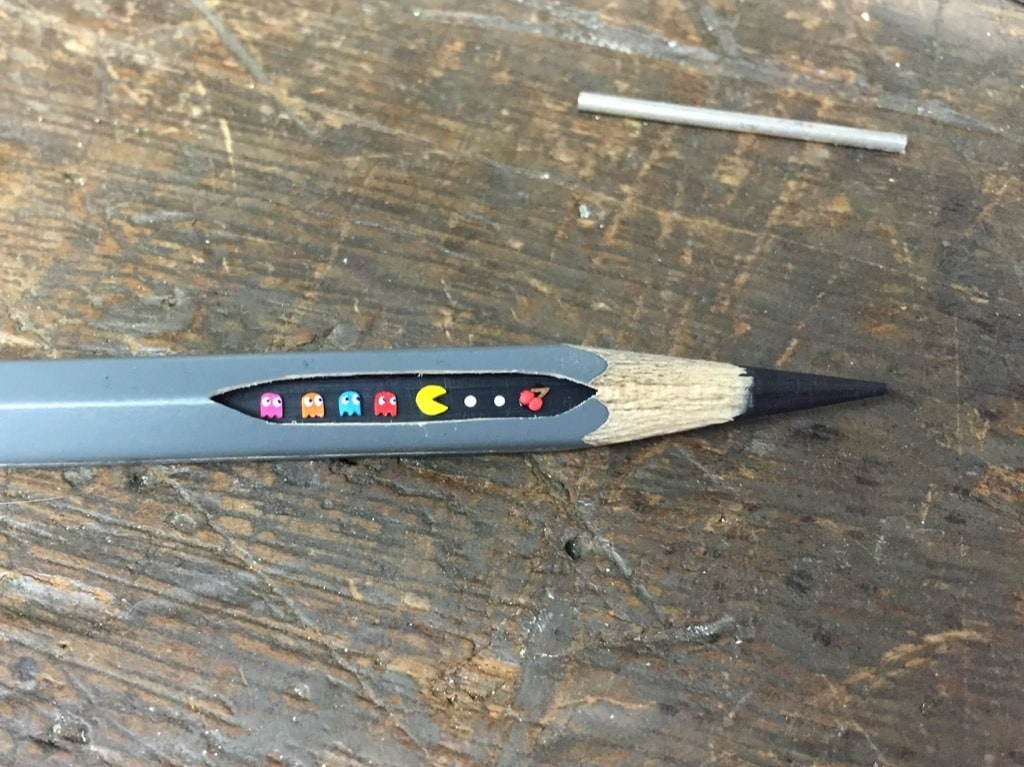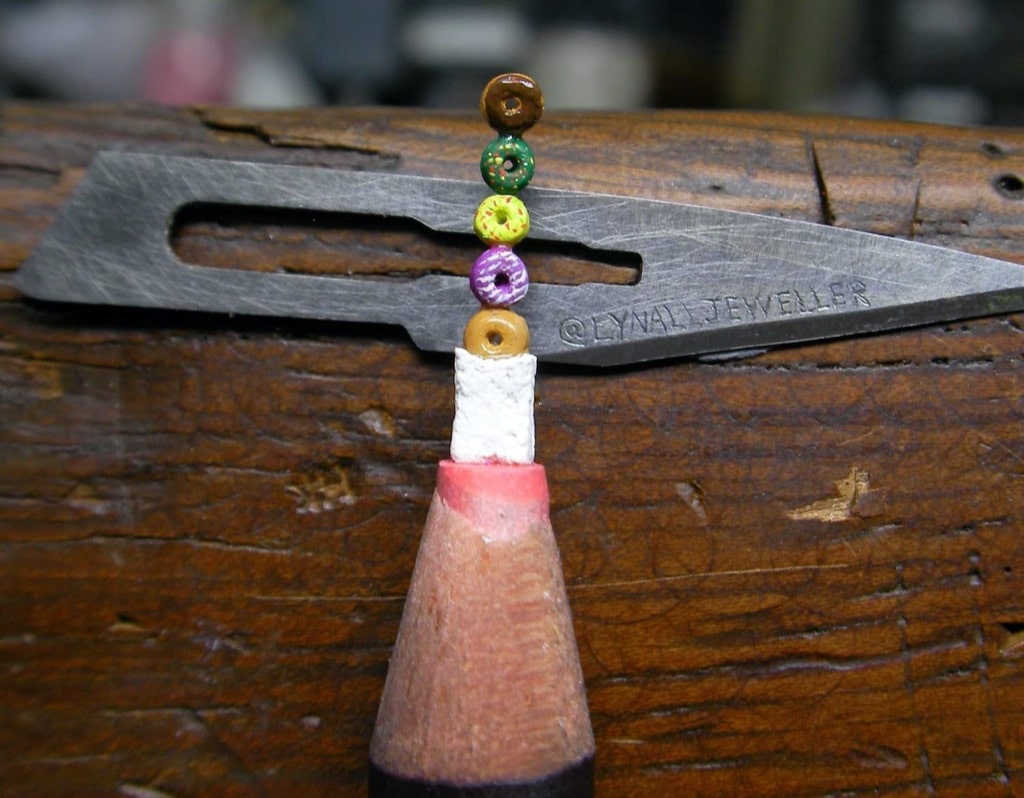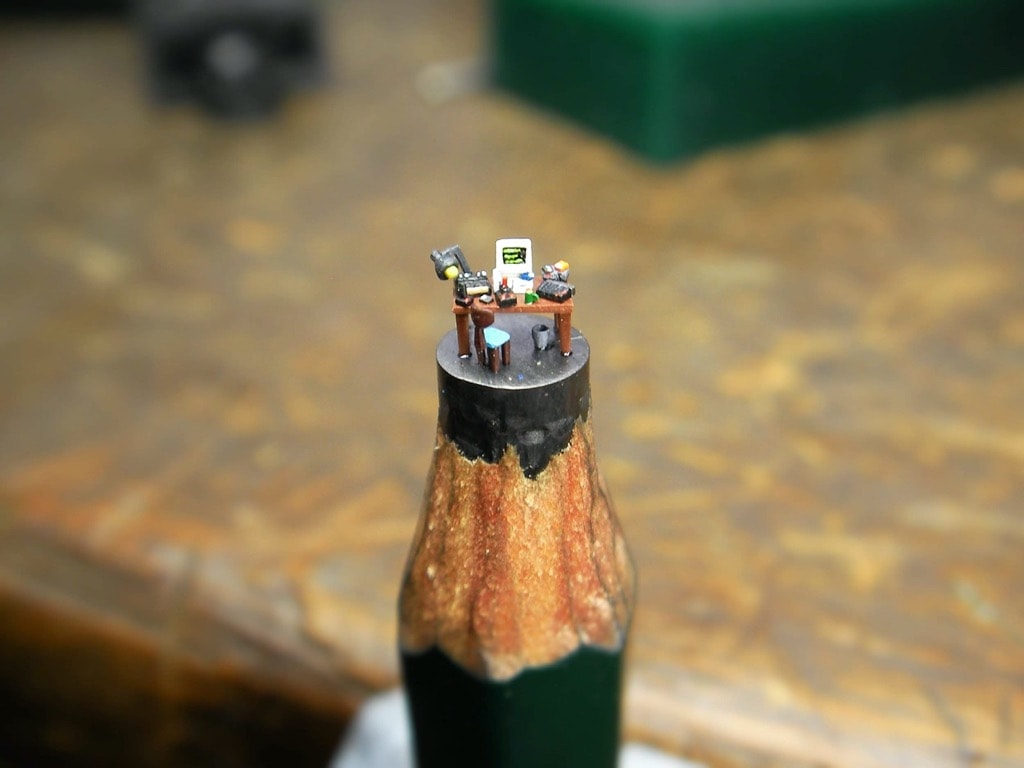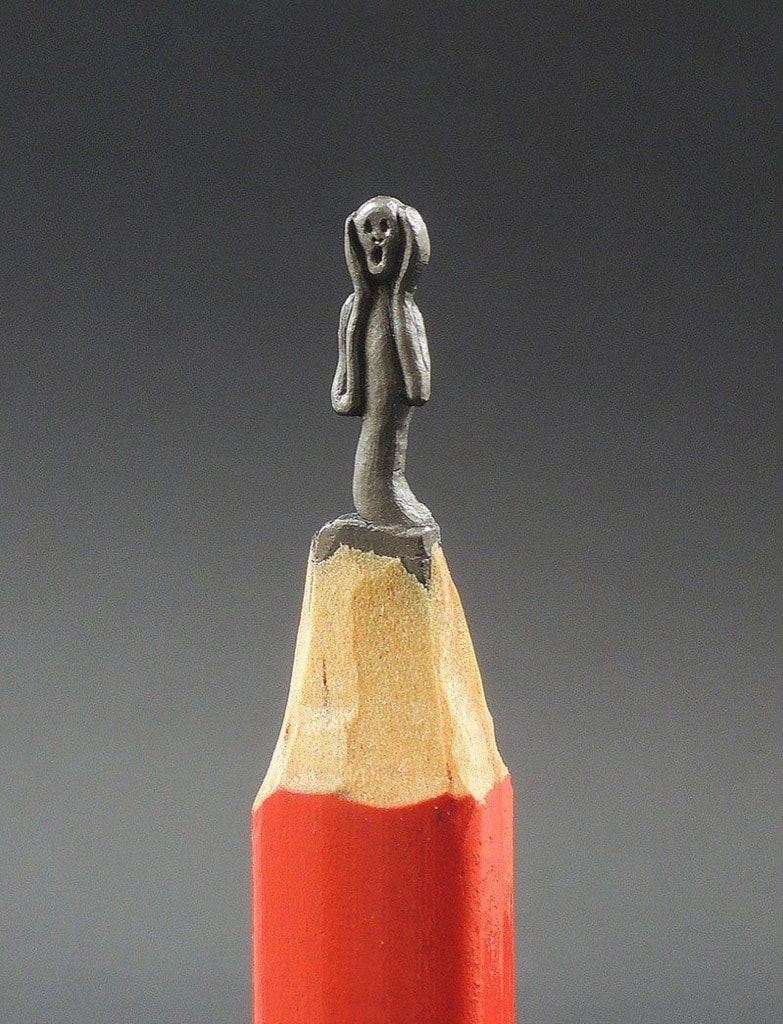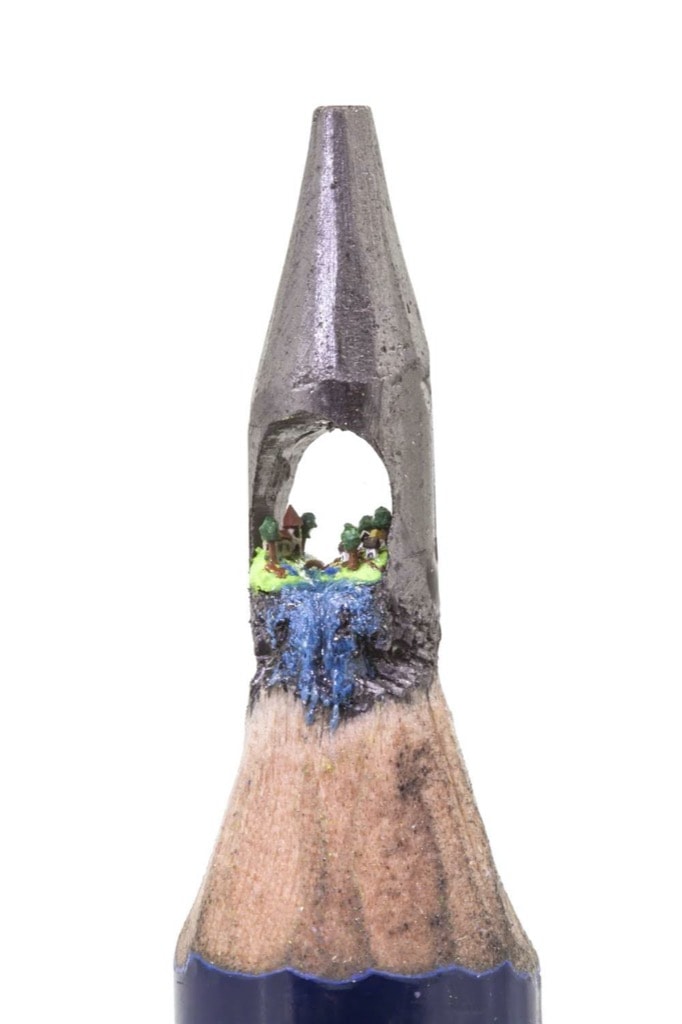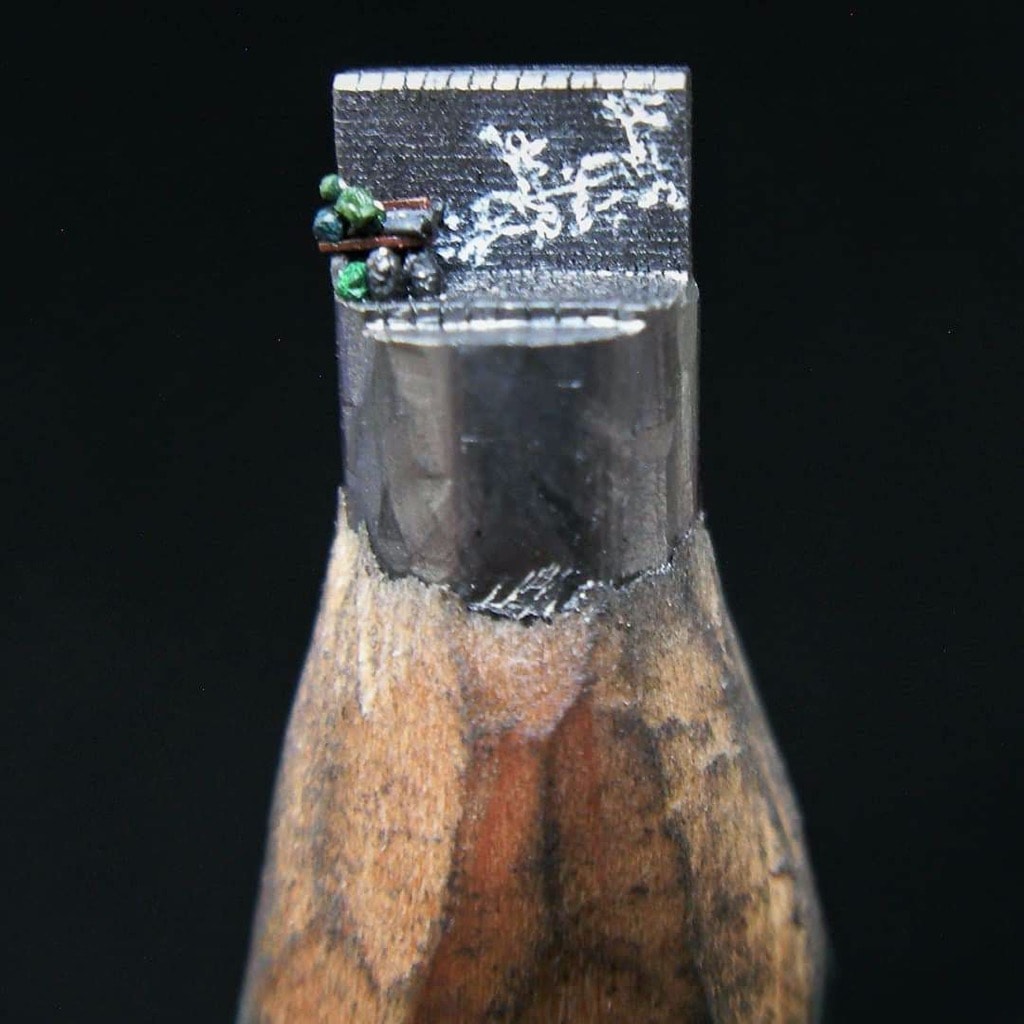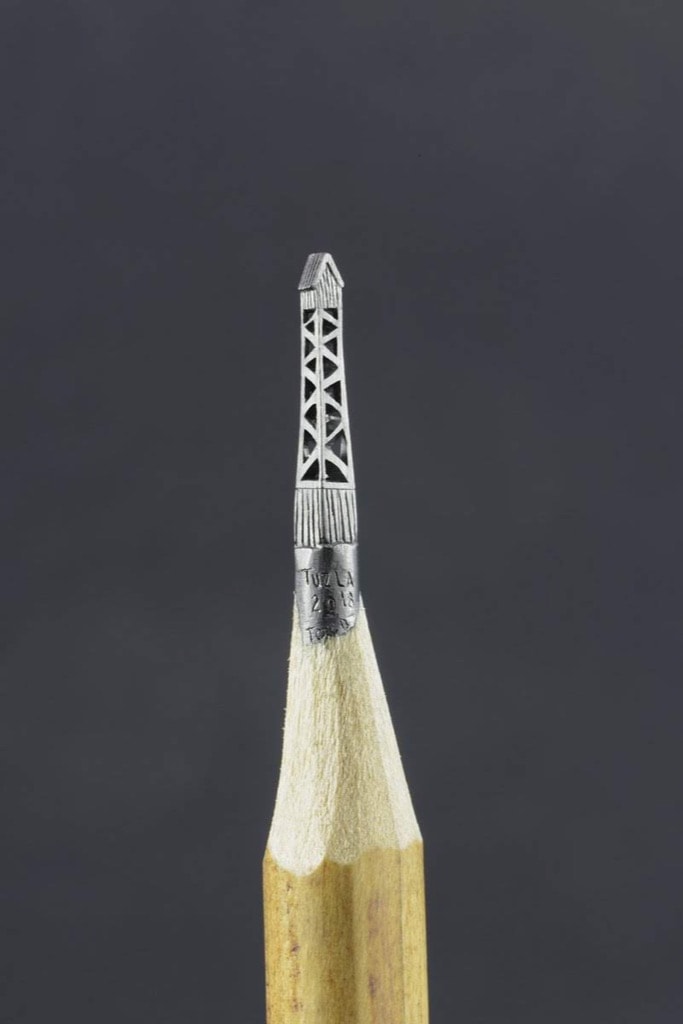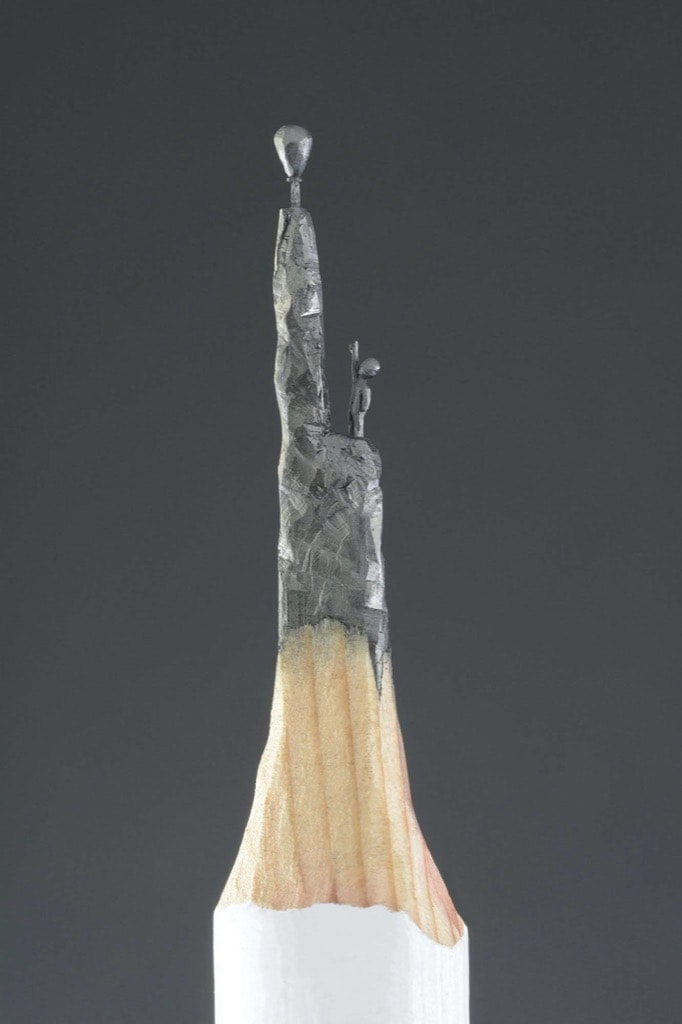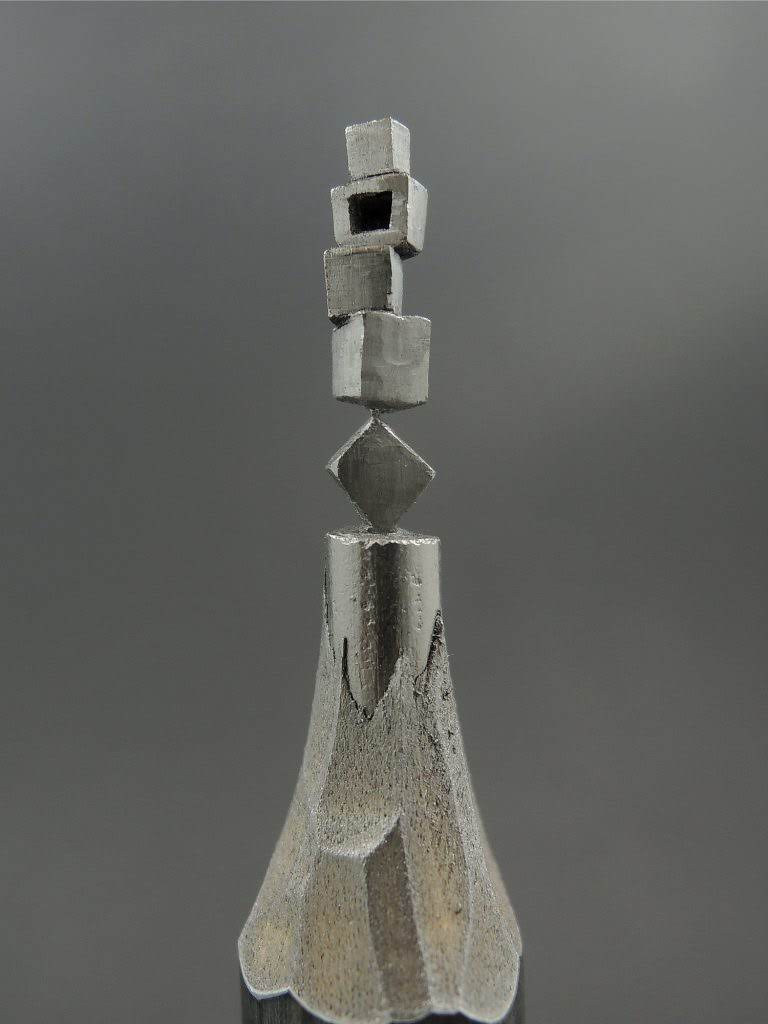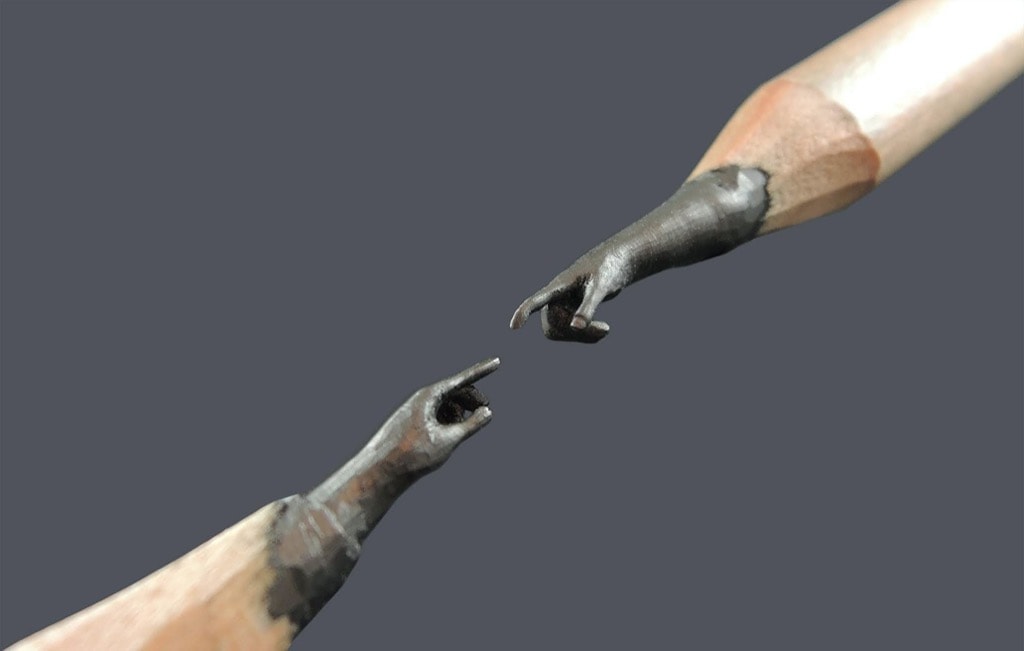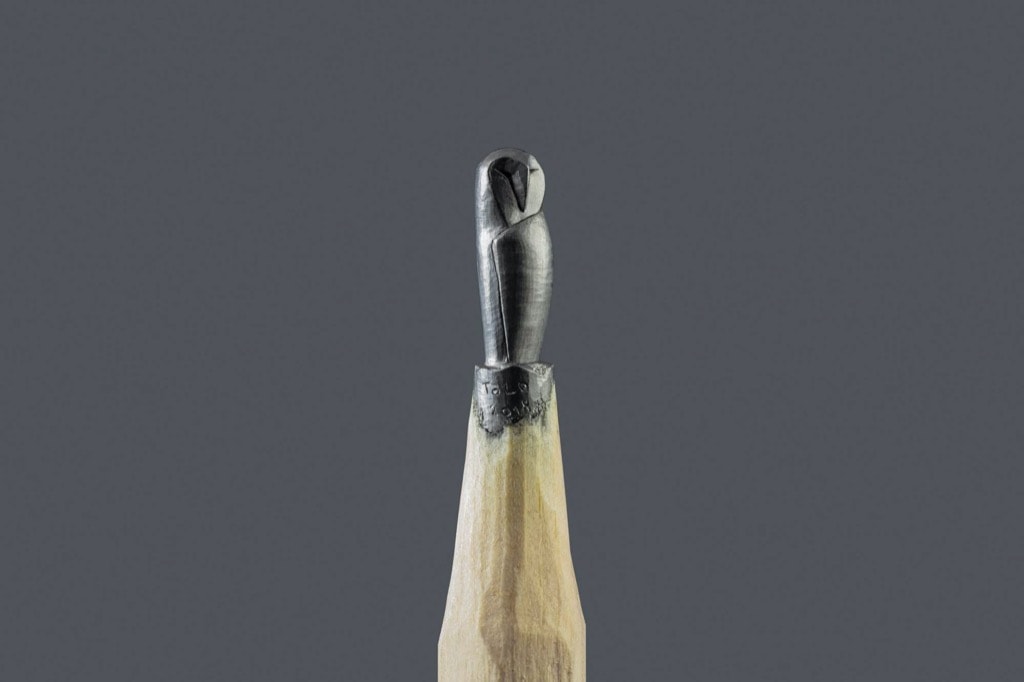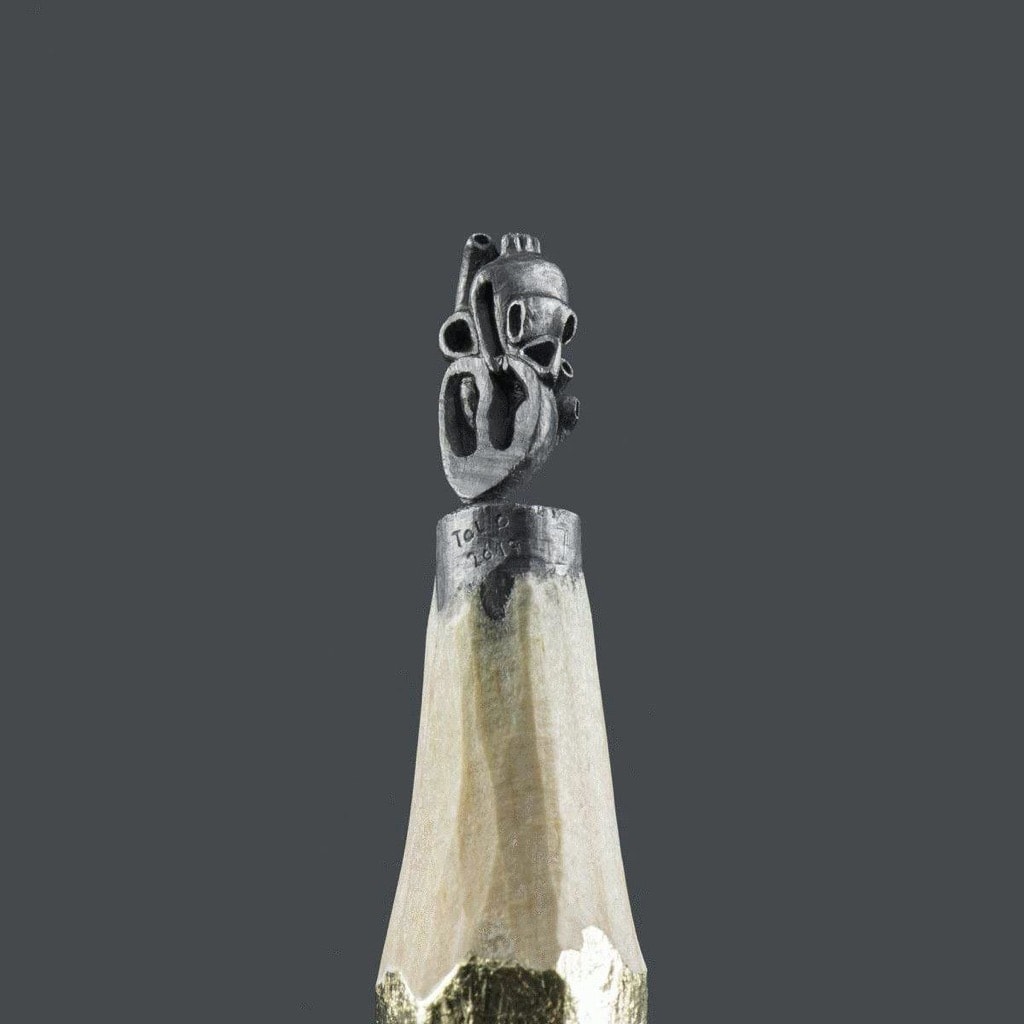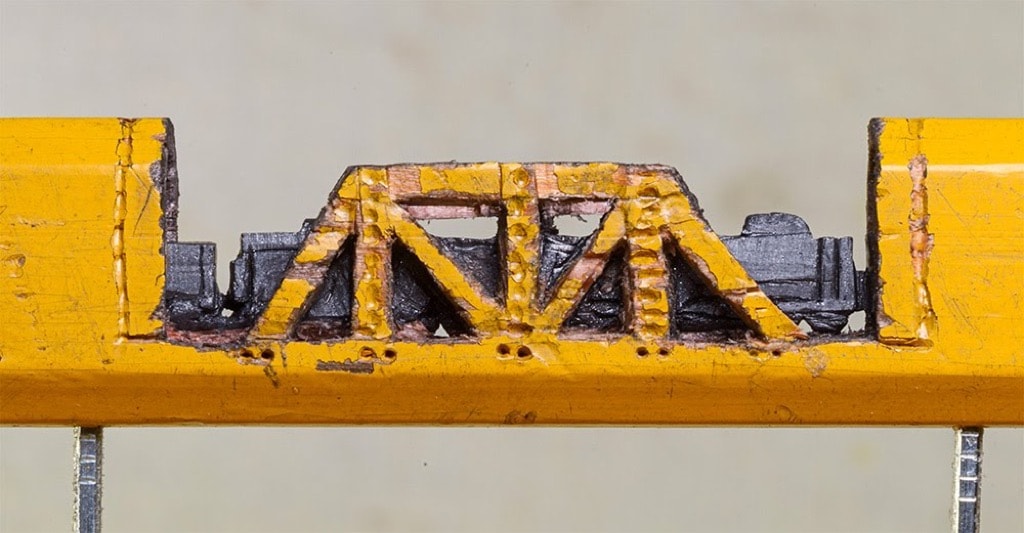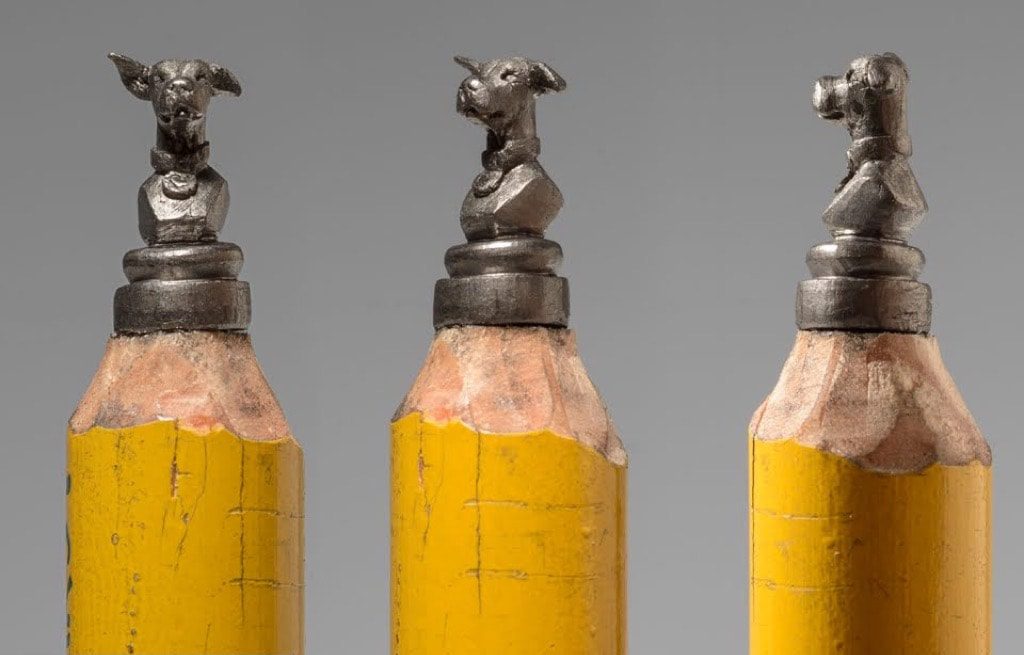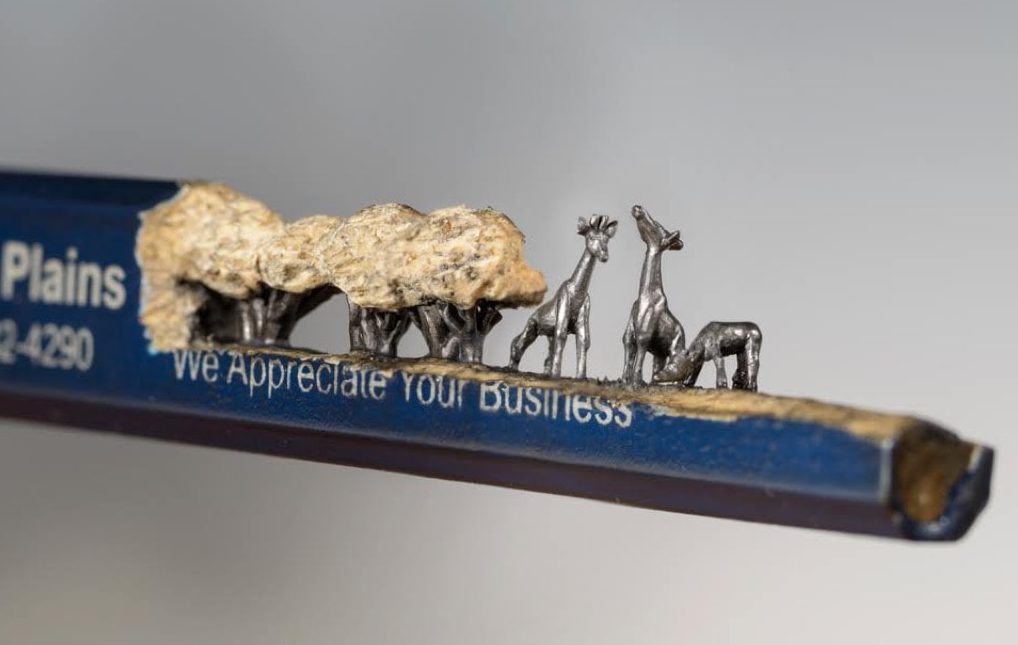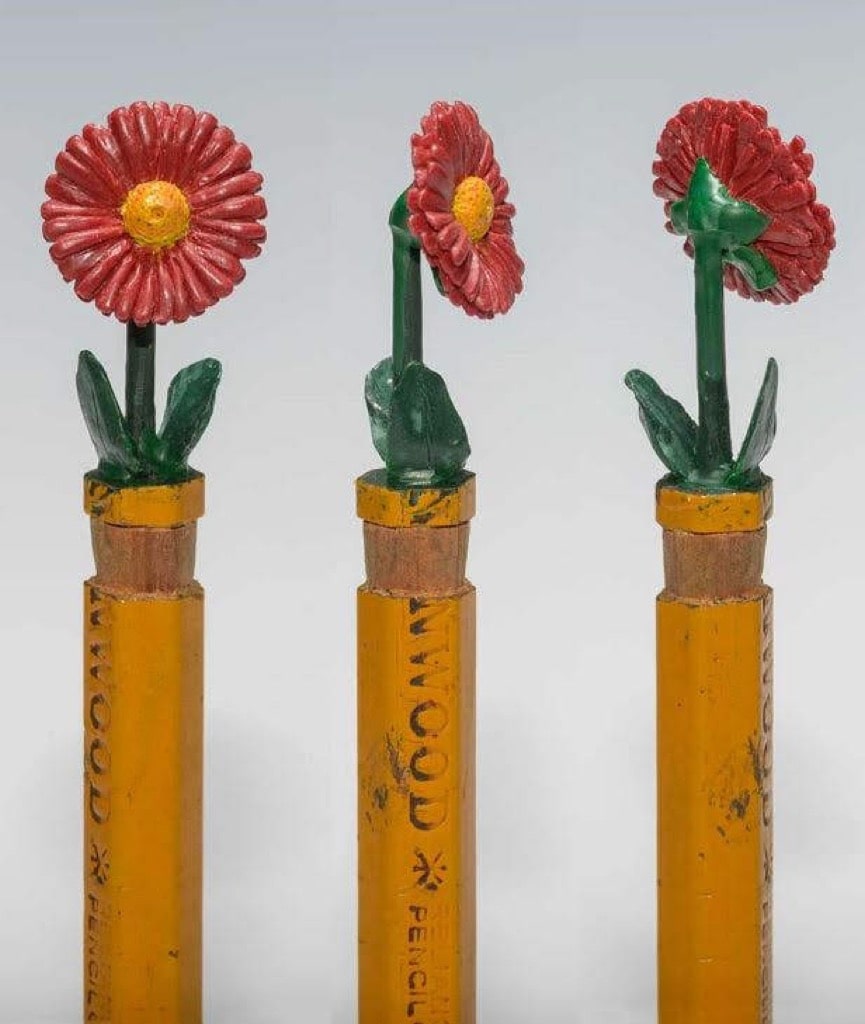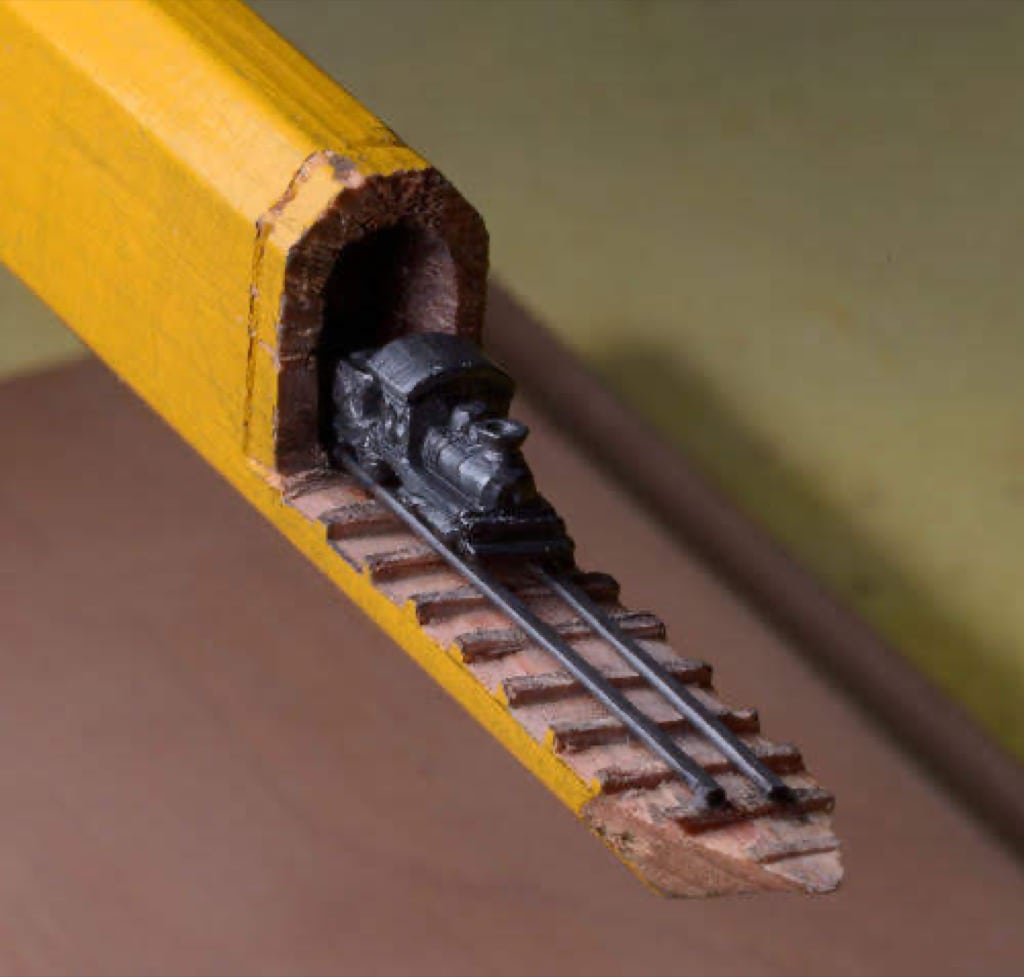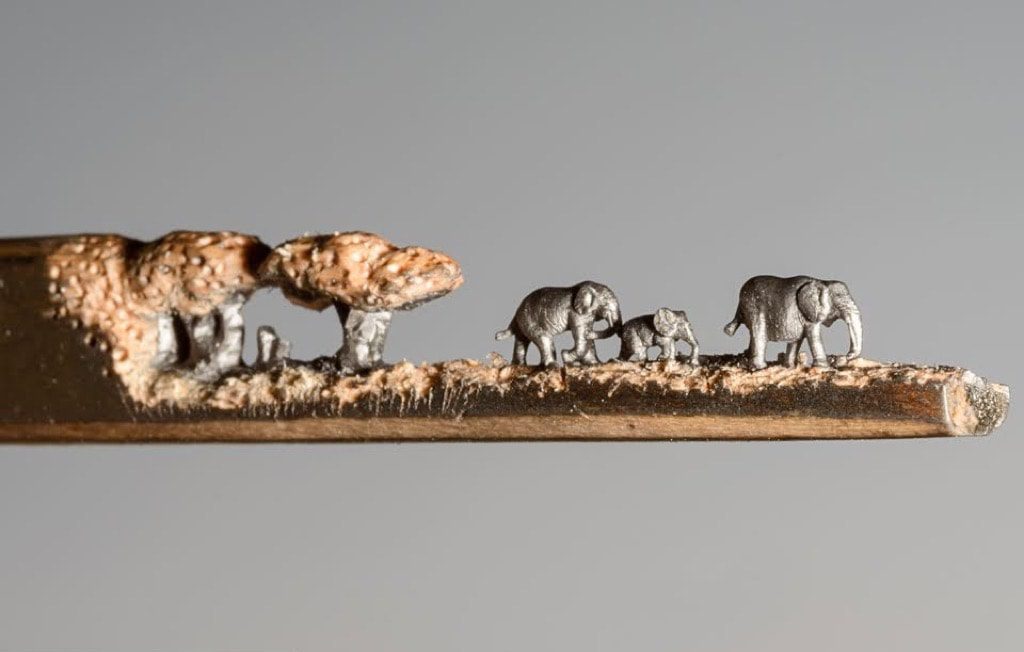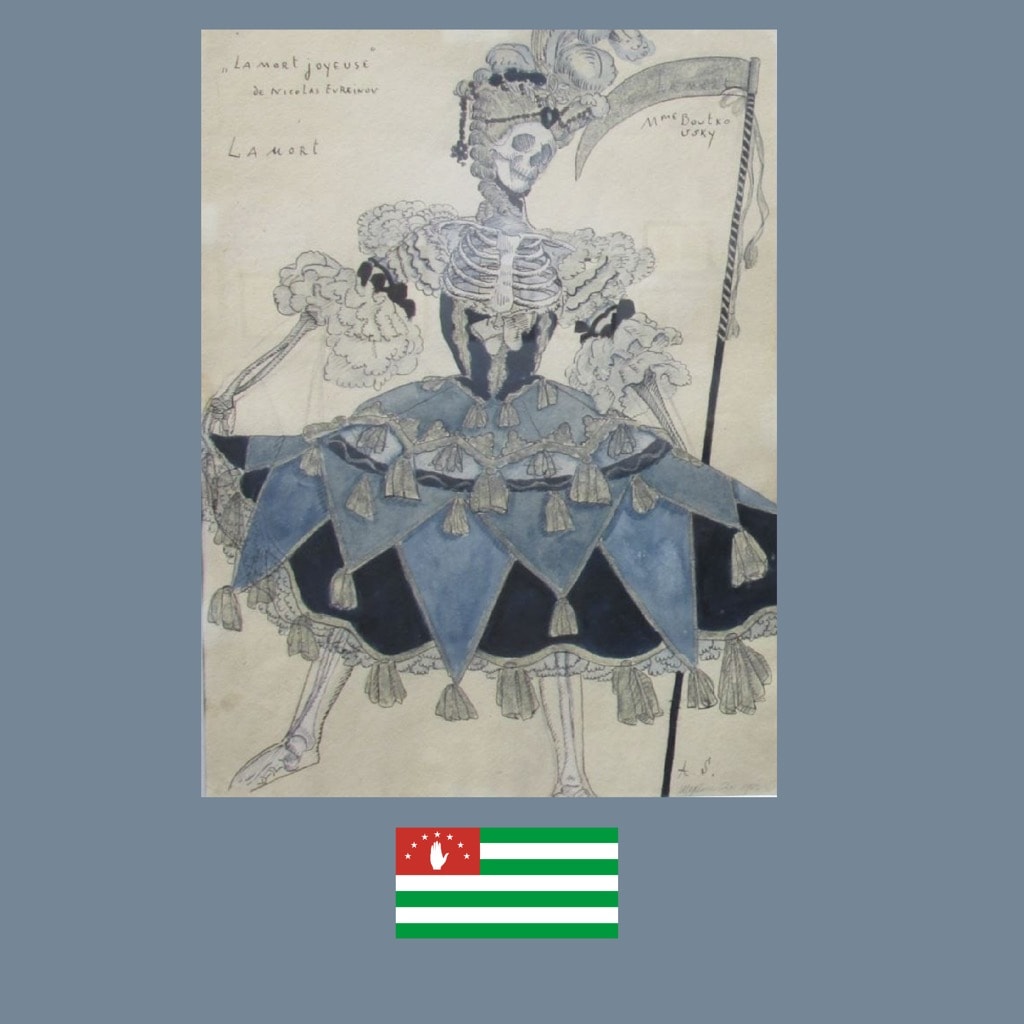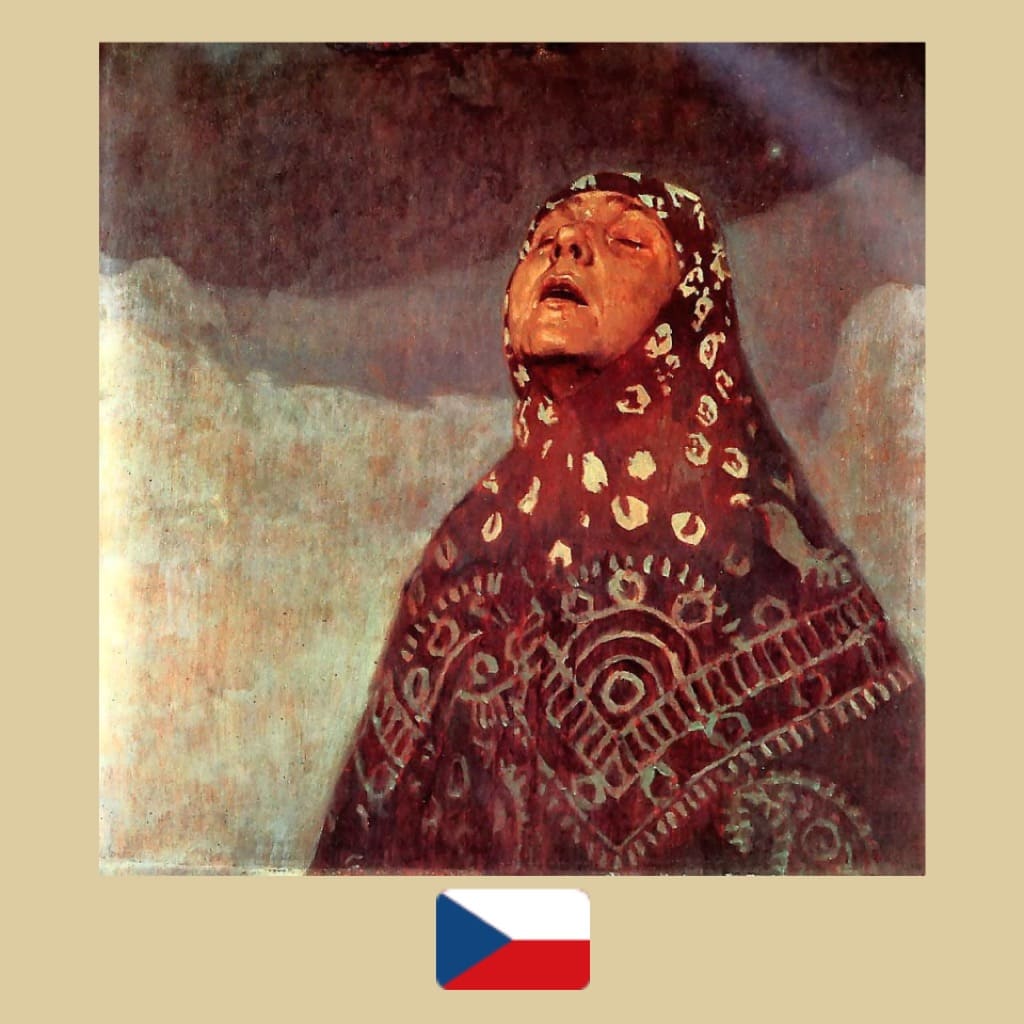The art of carving pencil tips produces tiny works with a myriad of complexities, from potent minimalism to the lush wilderness, from pop-culture references to Dali and Banksy
FROM BRAZIL, BOSNIA & HERZEGOVINA, UNITED KINGDOM and UNITED STATES
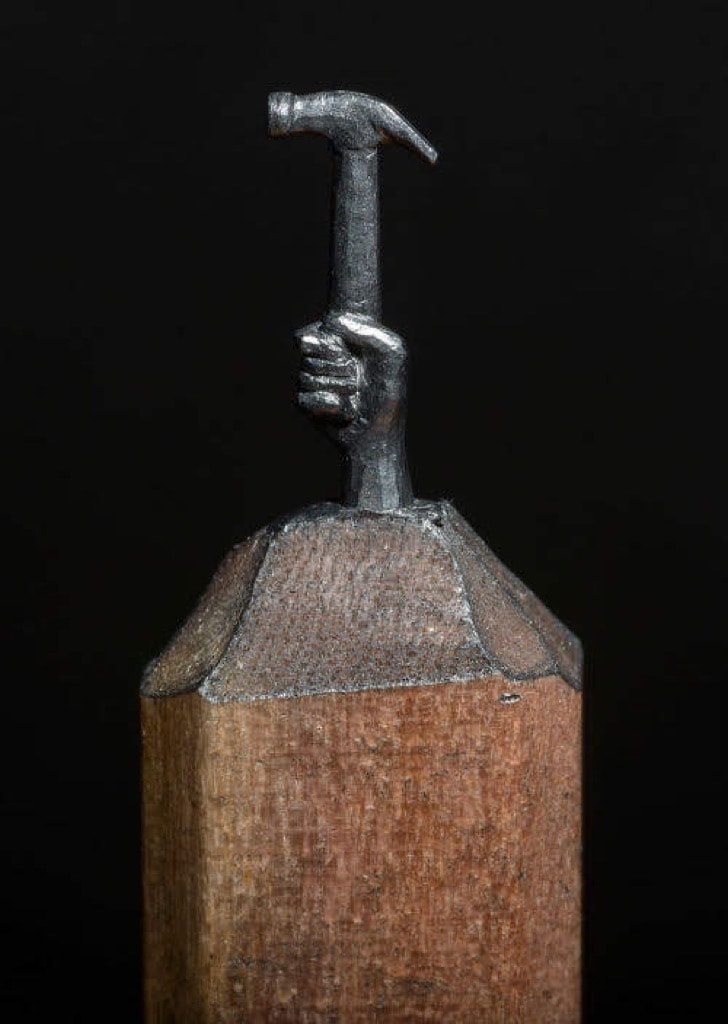
WHAT’S GOING ON: Sculptures are carved out of the sharp tips of wooden pencils and then photographed using a macro-lens. There are the world’s most recognizable landmarks, everyday objects, abstract sculptures, pop culture characters, and even lush landscapes, all contained within less than an inch of space. While the beauty of the pieces is beyond doubt, their full effect may not be instant: it takes a minute to sink in that these creations are, in fact, as small as a needle eye and require copious amounts of skill and patience to produce. Lately, the medium has become popularized, and accounts of new artists pop up on Instagram regularly. Meanwhile, giving a gift of laboriously produced art is also gaining in popularity, and tiny capsules containing one’s name carved out of a carbon tip go for sale online everywhere, from London to Kolkata. But whenever the media covers this cultural zeitgeist, they usually concentrate on just one artist. We decided to do a survey of the finest pencil-carvers from all over the world to give this complex, demanding, and mindblowing medium the full scope of attention it deserves.
WHY DO WE CARE: Although pencils might be going out of fashion, with digital advancements in drawing, architecture, writing, and other uses for these once-ubiquitous wooden sticks, they remain one of the most iconic objects in our history. There are still books on pencil culturology, quirky stores dedicated to the finest achievements of the pencilmaking industry, and new iterations of the familiar object equipped for the technological advancements, like the Apple Pencil (which, by the way, helps Supamodu draw its little flags). Pencil carving is one of the ways in which the heritage of the revered objects is preserved for current bemusement and future generations. This transfixing medium is both a reflection on the world in its present state and a reclamation of past heritage, when artisans who were able to make the tiniest carvings or moldings on ivory, mother-of-pearl, wooden or metal reliquaries and objects of reverence, were held in the highest esteem.
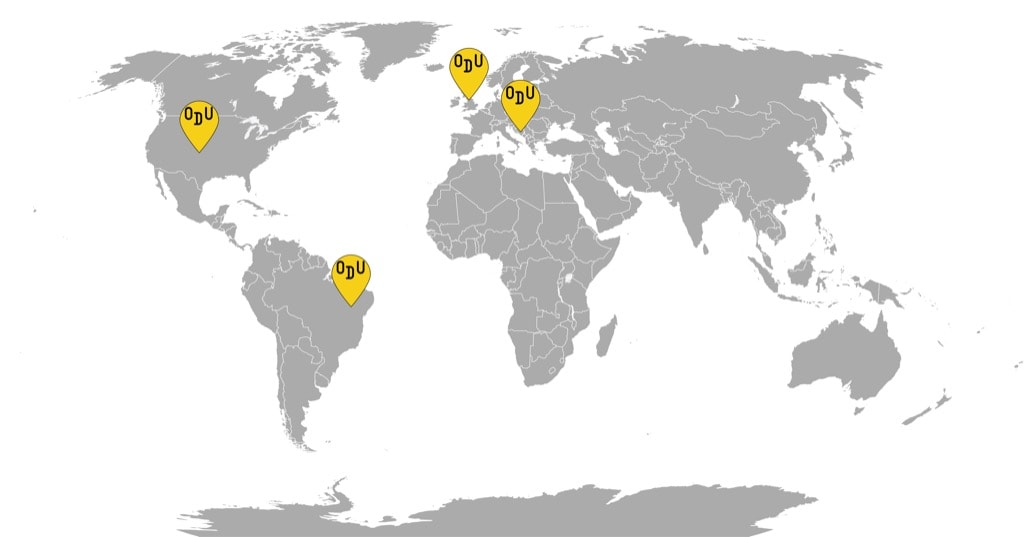

Dalton Ghetti
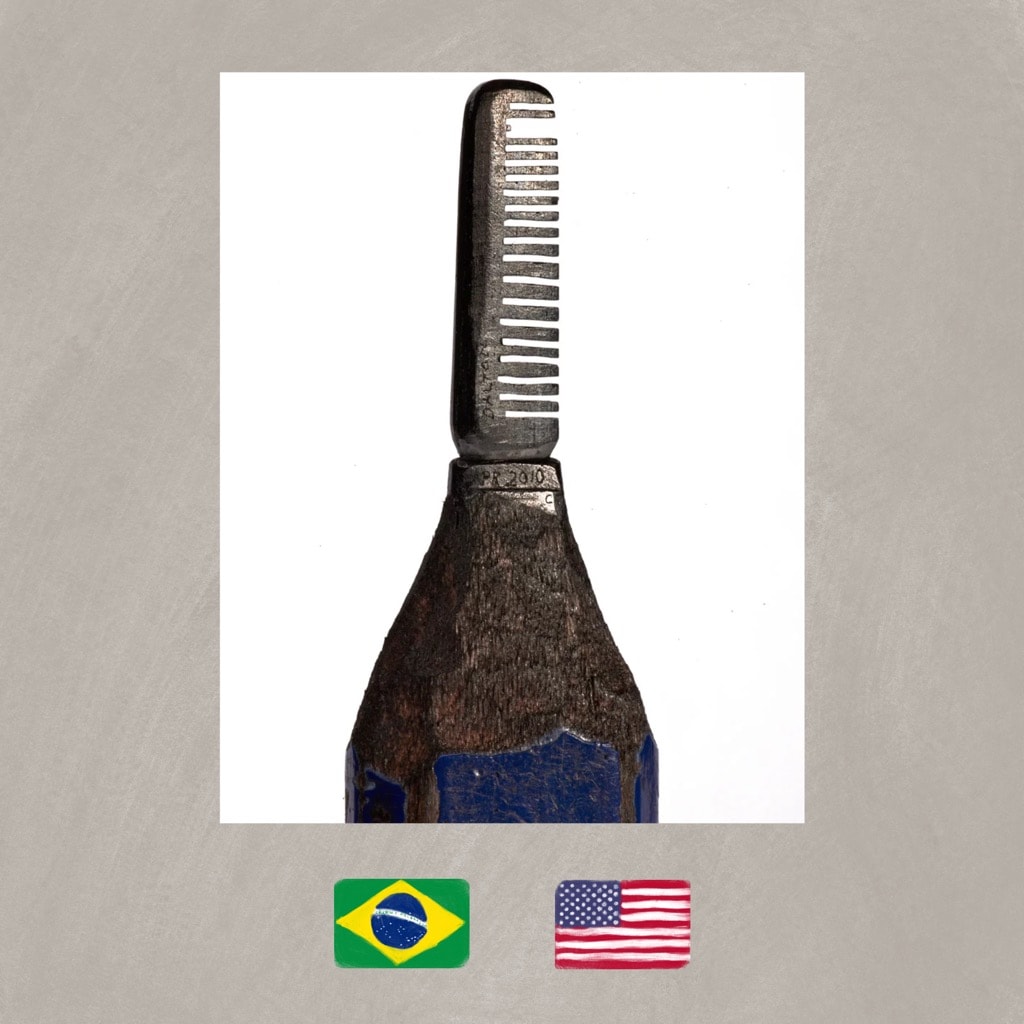
FROM BRAZIL and UNITED STATES
WHO MADE IT: Dalton Ghetti, who hails from Brazil and currently resides in the US, is widely considered to be the pioneer of pencil carving. With an architectural degree behind him, by day, Ghetti works as a carpenter on remodeling houses in Connecticut. His art remains something between a hobby and a meditation, and he prides himself on not accepting any commercial work. His path to art began at an early age, first when he used a pocket knife to sharpen pencils for school, then, when his mother, a seamstress, taught little Ghetti how to work with a needle. Further on, Ghetti began exploring carving, and his affinity for the small things led him to start experimenting with miniatures. He finds discarded pencils and carves them with a needle slowly but surely, taking months or even years to complete a sculpture.
WHY YOU NEED TO PAY ATTENTION: Ghetti is the defining voice in the medium, and it shows: his works possess the effortless simplicity of a trailblazer, which makes it easy to separate his objects from those of his followers. Everyday objects recreated in the severity of carbon are clean-cut and unadorned, their sturdiness the defining aesthetic, as if he was mixing the Arts & Crafts sensibility with a Beuysian primitivity. Ghetti’s most ambitious and striking work is a memorial to the 9/11 victims: 3000 teardrops hand-carved out of carbon and arranged in the form of a large teardrop: it’s currently on display at New Britain Museum of American Art in Connecticut.
Photos: Sloan T. Howard
Tom Lynall

FROM UNITED KINGDOM
WHO MADE IT: Tom Lynall is is above all a jeweler, so he is used to creating beautiful yet unbearably small things. When Lynall decided to switch from his usual medium of precious metals to a pencil for the sheer fun of it, he discovered that he could create whole worlds within the graphite tips. When he isn’t creating jewelry out of his workshop in Birmingham’s historic Jewellery Quarter, carving pencils, or playing dress-up with his bearded dragon Meepo, Lynall also makes elaborate sculptures out of cigarette butts. In them, ash is eloquently shaped into the shape of the human lungs or the grim reaper—the most potent anti-smoking project to exist.
WHY YOU NEED TO PAY ATTENTION: Even though Lynall’s pencil works are teeny-tiny, they contain multitudes, all informed by the artist’s broad interests. He has a bunch of works inspired by video games, like SuperMario, Zelda and PacMan, internet subculture stuff, like Reddit, 9Gag and Cyanide & Happiness, and even miniature social media icons. But where Lynall shines most are elaborate set-ups. A nano house with real light coming out of its windows, a fun-size but ominous graveyard, a town hiding in the crevice of the graphite stick, a Lilliputian desk from the 80s, or a diminutive copy of Banksy’s Birmingham mural of reindeer pulling away a bench from beneath a homeless man. If the art is tiny, it doesn’t mean it can’t be vast.
Jasenko Đorđević

FROM BOSNIA & HERZEGOVINA
WHO MADE IT: Jasenko Đorđević is a much younger artist from Bosnia and Herzegovina. He was inspired by Dalton Ghetti’s creations to start working on his own miniature projects, although his approach is strikingly different than that of Ghetti. Đorđević doesn’t shy away from commercial work, always eager to accept commissions from companies and individuals. His base in the city of Tuzla in northeast Bosnia, is also conducive, as it hosts a biennale of miniature art, where he snatched the Grand-Prix in 2013.
WHY YOU NEED TO PAY ATTENTION: Đorđević’s aesthetic is more embellished. When portraying people or everyday objects, he likes to make the figures more elaborate and has experimented with reiterating the best-known art styles in carbon. Repurposed themes from Rodin, Giacometti, Michelangelo, Dali, Munk, and even the prehistorical creators of Venus of Willendorf, can be found among his works. Sometimes Đorđević goes into politics, commemorating the Turkish coup attempt of 2015, oil rigs, or a person with a TV instead of their head. But he is also not averse to complex metaphors, which make some of his pencil tips into striking surveys of humanity and its’ malcontents.

Cindy Chinn
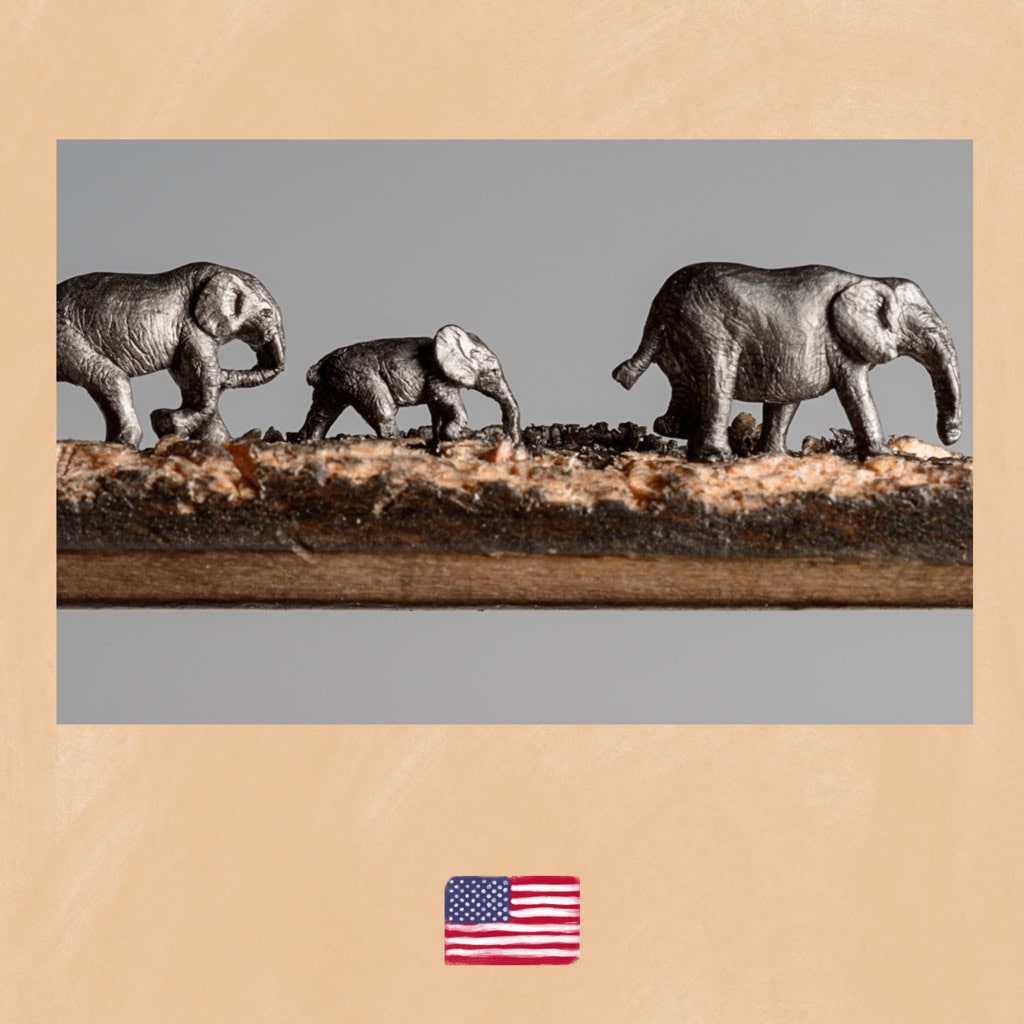
FROM UNITED STATES
WHO MADE IT: Cindy Chinn works out of a century-old school building in Nebraska that she and her partner, photographer Art Whitton, purchased and turned into a cultural center for the town and, perhaps, in the future, also an artists’ residence. Pencils are not Chinn’s only specialty: the multi-talented artist also works as a muralist, oil painter, woodcarver, and even makes elaborate sculptures out of saws, both straight and circular while rocking a pretty metal monicker The Saw Lady.
WHY YOU NEED TO PAY ATTENTION: Unlike the three other artists in this showcase, Chinn sometimes positions her pencils horizontally, not vertically, which allows her to create landscape scenes, which use the opening in the wood of the pencil as part of the composition. Whether it’s a family of wild animals chilling in the savannah, a steam-powered train emerging from the tunnel, or a monster truck blasting out of a wall, each pencil contains a whole universe. And being the Renaissance woman that she is, Chinn even creates custom stands to display her work. Her vertical works are also splendid, celebrating nature, labor and sports, and sometimes going into magical territory with multiple hues. And for those with a thousand bucks to spare, Chinn is willing to create the likeness of their dog in pencil form, probably to celebrate all the pencils chewed into oblivion by each self-respecting pooch.
Photos by Art Whitton / Barcroft Images
See part 2 of the series: The Magnificent Pencil Pushers: The Planet’s Leading Miniature Carvers Working on the Sharp End



